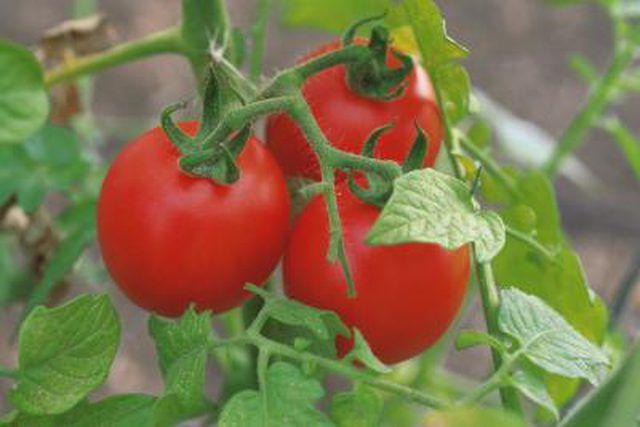Bulbs
Flower Basics
Flower Beds & Specialty Gardens
Flower Garden
Garden Furniture
Garden Gnomes
Garden Seeds
Garden Sheds
Garden Statues
Garden Tools & Supplies
Gardening Basics
Green & Organic
Groundcovers & Vines
Growing Annuals
Growing Basil
Growing Beans
Growing Berries
Growing Blueberries
Growing Cactus
Growing Corn
Growing Cotton
Growing Edibles
Growing Flowers
Growing Garlic
Growing Grapes
Growing Grass
Growing Herbs
Growing Jasmine
Growing Mint
Growing Mushrooms
Orchids
Growing Peanuts
Growing Perennials
Growing Plants
Growing Rosemary
Growing Roses
Growing Strawberries
Growing Sunflowers
Growing Thyme
Growing Tomatoes
Growing Tulips
Growing Vegetables
Herb Basics
Herb Garden
Indoor Growing
Landscaping Basics
Landscaping Patios
Landscaping Plants
Landscaping Shrubs
Landscaping Trees
Landscaping Walks & Pathways
Lawn Basics
Lawn Maintenance
Lawn Mowers
Lawn Ornaments
Lawn Planting
Lawn Tools
Outdoor Growing
Overall Landscape Planning
Pests, Weeds & Problems
Plant Basics
Rock Garden
Rose Garden
Shrubs
Soil
Specialty Gardens
Trees
Vegetable Garden
Yard Maintenance
How to Plant a Tomato in Straw
How to Plant a Tomato in Straw. Straw bale gardening can be an effective way to grow many plants. The plants do well with straw as a growing medium, and you can put a straw bale in many places where traditional gardens would take up too much space. Though large plants do not stand up straight, tomatoes do well in straw bales, and even seem to need...

Straw bale gardening can be an effective way to grow many plants. The plants do well with straw as a growing medium, and you can put a straw bale in many places where traditional gardens would take up too much space. Though large plants do not stand up straight, tomatoes do well in straw bales, and even seem to need less water than if they are grown in traditional soil. They vine and creep over the edges of the hay bales.
Things You'll Need
Straw bale
Water
Thermometer
5-10-10 fertilizer
Tomato plants
Trowel
Set your straw bale where you want your tomato plant. Orient it so that the stalks of the straw point up and down, rather than side to side.
Water the straw bale and let it sit for at least seven days. This starts the composting process for the straw, and during the seven days, the bale heats up internally. The heat can cook a tomato plant, so wait the full seven days. Use a thermometer to make sure the internal temperature of the straw bale is lower than 100 degrees Fahrenheit.
Spread 2 1/2 pounds of 5 parts nitrogen, 10 parts phosphorus, 10 parts potassium fertilizer over the top of the straw bale. Let the temperature drop under 100 degrees again. Do not use too much nitrogen, or the tomato plants grow with lots of leaves and not much fruit.
Plant six tomato plants evenly throughout the straw bale. Use a trowel to push the straw apart and place a transplant tomato plant in the hole. Pull the trowel back out. Make sure you weed any grain or grass plants that have sprouted from the bale.
Water your tomato plants regularly. They may require more or less water than they do in the garden, depending on how much moisture the straw retains.
Tips & Warnings
Use straw and not hay bales, because though you might get a few stray grain seeds that sprout in straw, hay has many more grass seeds for you to weed.